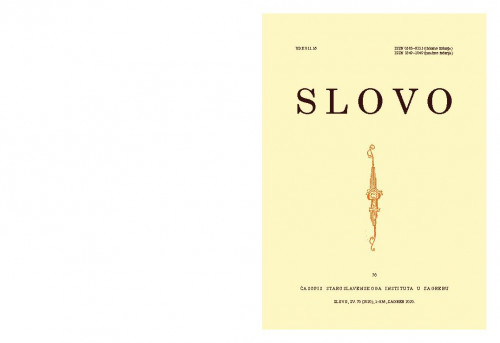Grof je Krsto (Kristofor) Frankapan Modruški i Ozaljski sa suprugom Apolonijom Lang od Wellenburga za trajanja uzništva u Veneciji (1514. – 1519.) pripremio i dao tiskati Njemačko-rimski brevijar u kojem je svoje mjesto našao i sveti Grgur Veliki. Kao i stric joj Krsto, Katarina Frankapan je dala 1560. otisnuti časoslov Hortvlvs Animae [Stoye Rechi Ray Dusse] u kojem su posljednje dvije molitve na hrvatskom jeziku – molitve Grgura Velikog. Ustrajno inzistiranje na promidžbi toga crkvenog oca, »najvećeg među svim papama«, »rodom« Frankapana, predstavlja ne samo nov iskorak u razvoju predodžbe (gotovo pa utemeljene na ikonografskom argumentu konvenijencije) Frankapana Modruških i Ozaljskih, već odgovara i na pitanja percepcije moći članova te obitelji, kao i njihove simboličke komunikacije unutar europskih političkih/dvorskih i crkvenih krugova.; In late mediaeval and early modern times, not a soul in Western Christendom questioned the legend that Pope Gregory the Great (590–604) descended from the Frankapani (It. Frangipani, Hung. Frangepáni). The Frankapani of Modruš and Ozalj stressed this legend as a key facet of their identity when presenting themselves to Europe’s secular and ecclesiastical elites, which they were part of. For instance, the seventeenth century saw the publication of a book on the Frankapani, a book which endorsed ideas propounded by such ecclesiastical authorities as Pope Martin V (1417–31) and Pius II (1458–64), who claimed that the Counts of Krk weredescended from the Frankapani, a noble family whose most notable scions were Pope Felix III (483–92) and his great-grandson, Gregory the Great. Their descendance from the family of a Church Father (Gregory the Great) and regional ties to the land of another, upon which he bestowed the Glagolitic script (St. Jerome), were key elements in the Frankapans’ identity-fashioning strategies over the course of the fifteenth and sixteenth centuries. This identity can be observed in visual sources, both in those printed by the Frankapani themselves, as well as those produced by (various) dignitaries familiar with the tradition. However, since such heritage survives but in traces in the Frankapani lands (spanning from Ozalj to Vinodol and Senj), this text will only address Christopher’s breviary (1518), and his niece Catherine’s prayer book (1560). The arguments put forward in support of the hypothesis also rely on newly discovered frescoes found in the Svetice church of the Birth of the Blessed Virgin Mary, dating back to ca. 1541. The German-Roman Breviary (Das deutsch-römisch Brevier) was first printed by Christopher Frankapan and his wife Apollonia Lang of Wellenburg during his incarceration in Venice (1514–19).
Sažetak

 Slovo : časopis Staroslavenskoga instituta u Zagrebu : 70(2020) / glavna i odgovorna urednica Vida Vukoja.
Slovo : časopis Staroslavenskoga instituta u Zagrebu : 70(2020) / glavna i odgovorna urednica Vida Vukoja.